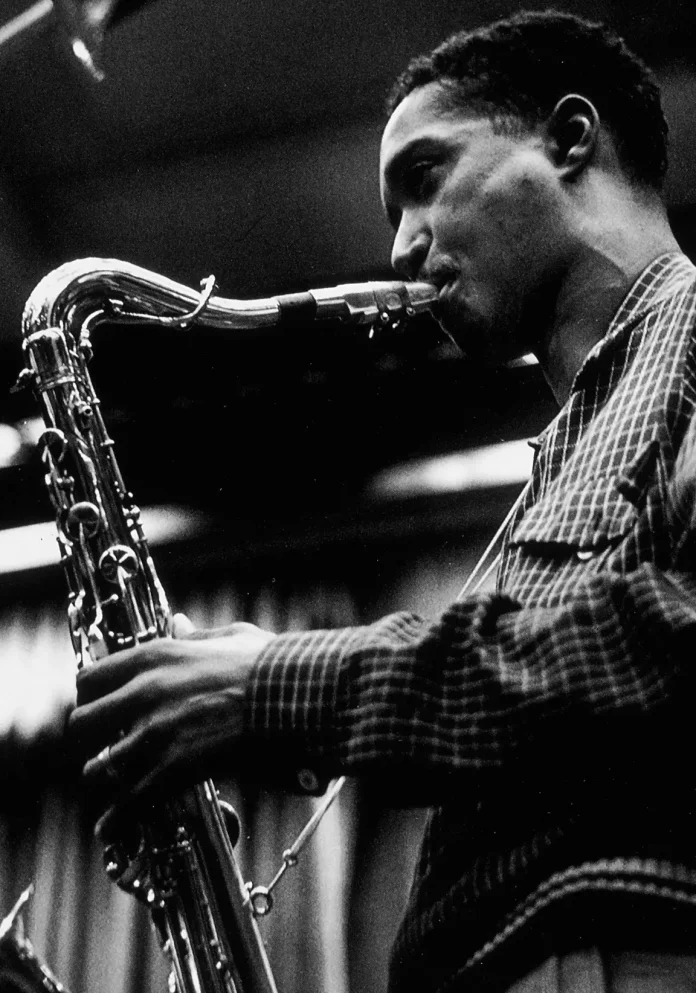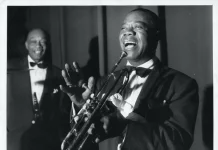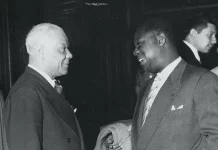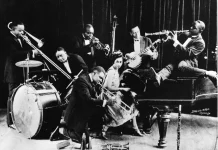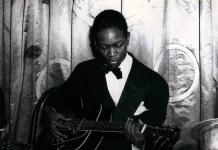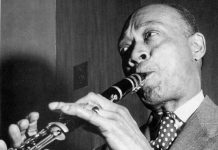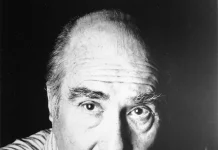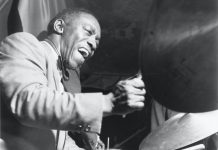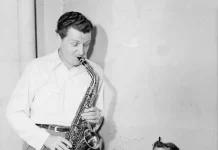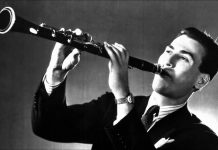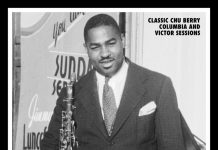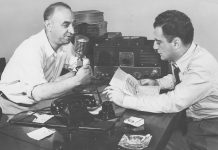Dave Gelly irritates me a great deal. It’s because, so often when I read him, he makes me say “I wish I’d written that.”
When I decided to write this piece, largely devoted to Wardell Gray, I drew his CDs from my collection. In one of the CD sleeves I had stuffed Dave’s review of it.
Dave slaughtered 90% of the CD (I don’t agree with him) but at one point writes of Wardell “he exudes a kind of godlike calm whenever he steps forward.”
Wardell pin-pointed! Of course he does.
I wish I’d written that.
The main disturbance to the average flow of jazz history that came from the swing era was Lester Young. It took some time before his profound musical language was channelled into the contemporary mainstream of jazz and when it did it was through the horns of two young men, Stan Getz and Wardell Gray, where it also became fused with the even more radical sound of Charlie Parker.
Wardell Gray: It must have been his unique combination of relentless swing (a quality not known in bebop) with up-to-the-minute ideas that defeated would-be followers
Both Stan and Wardell in their different ways had great poise and a light touch. Getz was dazzlingly lyrical, but Wardell swung with great taste and force. Significantly Wardell had been in the Earl Hines band in 1943 when Charlie Parker was there and the two were later together in the progressive big band led by Billy Eckstine. Whilst Getz’s developments of Young’s style produced a multitude of tenor disciples, Wardell Gray had none. It must have been his unique combination of relentless swing (a quality not known in bebop) with up-to-the-minute ideas that defeated would-be followers.
In 1948, in a move thoroughly out of character, Benny Goodman decided to experiment with bebop and formed a sextet that included Wardell, Stan Hasselgard and Fats Navarro. Goodman was always suspicious of the new sound, but hung on, saying: “If Wardell Gray plays bop, it’s great because he’s wonderful.” At this period Goodman seems to have been more amicable than he was in other years, with Hasselgard in particular and Gray becoming friends of their leader. Benny liked Wardell so much he gave him a brand new clarinet as a gift. (Wardell had played clarinet and alto since his boyhood. When the wind changed and he eventually fired Wardell in October 1949, Benny took the clarinet back.)
Benny ultimately did better than Artie Shaw when both made the trip into the new music. Artie and Benny had both made forays as soloists on classics with orchestras, but here Benny succeeded because the orchestras he employed played in concert halls and were efficient and well-rehearsed – Artie’s were doomed pick-up groups and his orchestra usually played in the Bop City jazz club, where the surprised audiences felt cheated of their expected hot music.
Later Artie commissioned arrangements from Mulligan, Dameron, Mandel, Sauter, Gene Roland and Mary Lou Williams and formed a band to play them that included Don Lanphere, Don Fagerquist, Al Cohn, Zoot Sims, Dodo Marmarosa and Jimmy Raney. He toured with the band for two months, but, when audiences failed to respond favourably he bought the stock arrangements of the 10 top tunes in the hit parade and used them as the basis for the band’s new library. On the face of it, his fine collection of musicians and arrangers should have bested Benny’s efforts (recorded for Capitol, incidentally) but once again Benny (or his management) was better organised.
Benny had held left-wing views, but unlike Artie was not hauled before the Un-American Activities Commission. Artie was and was given a typically tough ride. Then the IRS came after him for $80,000 of back tax.
“At that stage I was utterly disillusioned with America. I thought it was one of the most awful countries on earth,” said Artie. He had been running a farm, which he loved. “I lost the farm because I couldn’t afford to pay the IRS. I was apparently on Nixon’s enemies list. I didn’t know that, but that’s what happened. They were going to get me one way or another.”
In 1953 Artie formed a new Gramercy Five with pianist Hank Jones at its root and in 1954 recorded copiously with it. “I hadn’t played in about a year and a half, but I’d been listening to what was going on and I wanted modern players and I put this group together. It was the best playing I ever did, but no label would record the band. So I recorded it myself. I kept the records on dry ice for about 40 years.” It was at that point that Artie moved to live in Spain.
In 1949 Goodman had expanded the sextet to big band size, but Benny never really managed to become a bopper and stood out as the weak link in the group. (Chico O’Farrell, arranger for the band, recalled simplifying the harmonies behind Goodman’s solo passages). Nonetheless, credit to Benny for a fearless attempt to become a modernist. When he expanded to lead a bebop big band, Wardell was a key part of it.
While he was with Benny Wardell continued to record independently with his bebop friends, notably fellow tenorist Dexter Gordon. The Chase (1947) was bop-based, but struck a nerve with listeners who’d enjoyed the extroversions of Lionel Hampton and the Illinois Jacquet school of rabble-rousers. It was followed by several similarly extended performances by the two including The Hunt.
None of the Norman Granz Jam Sessions bested the 1952 one with the three altos, Parker, Hodges and Carter, but the 1953 one collectively known as Apple Jam and featuring Wardell ran it close. Here are the details: Harry Edison (t), Buddy DeFranco (cl) Benny Carter, Willie Smith (as), Wardell Gray, Stan Getz (ts), Count Basie (p, org), Arnold Ross (p), Freddie Green (g), John Simmons (b) and Buddy Rich (d). It was recorded in Hollywood, 3 August 1953, and featured Apple Jam, Lady Be Good, Blues For The Count, and the ballad medley.
Importantly it offers a perfect chance to compare Getz and Gray following each other in long solos over a perfect rhythm section (Ross replaces Basie on the medley wherein Wardell plays a declamatory Ghost Of A Chance.
Both tenorists were at their contemporary best. As far as I know the album has never been recognised as one of Wardell’s best, but it ranks that way with extra points for the piquancy of his proximity to Getz. It’s available on the Spanish label Ocium as OCM 0035.

